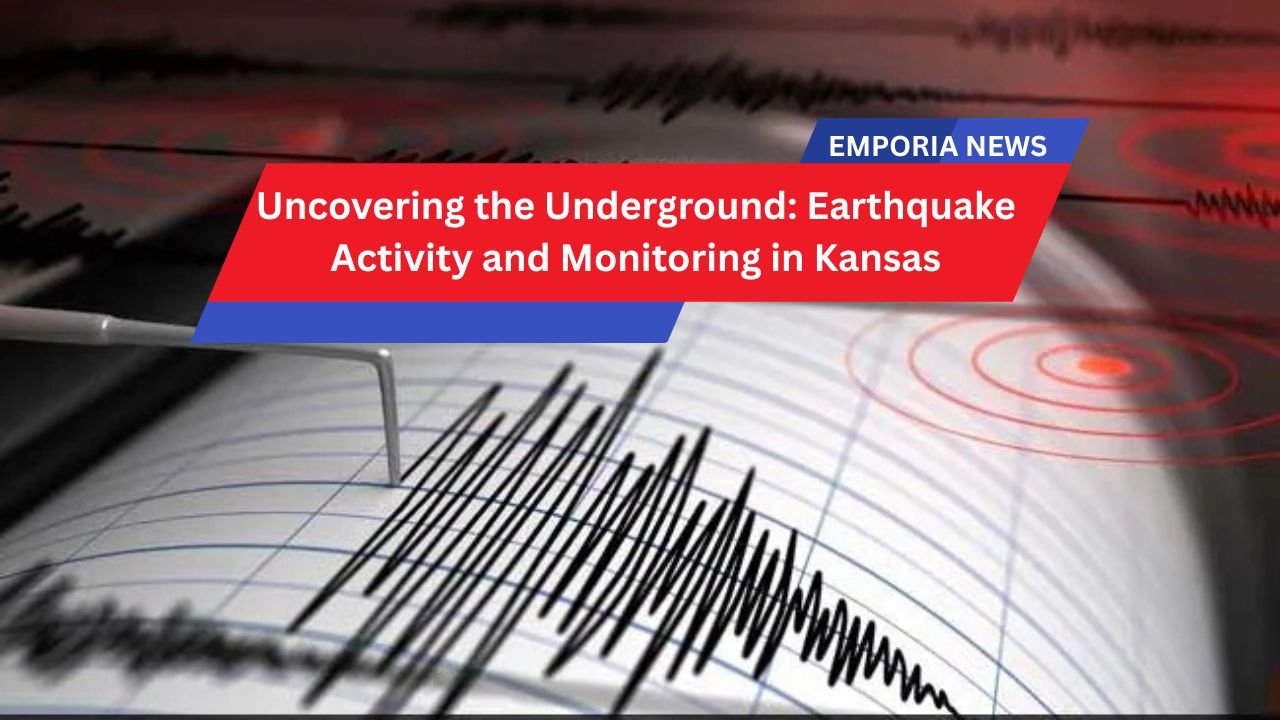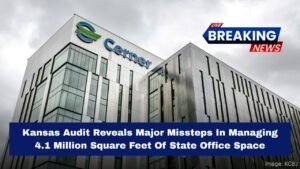Although Kansas isn’t typically associated with earthquake activity, the state experiences subtle and sometimes stronger tremors that often go unnoticed by most residents.
Beneath the seemingly calm surface, geologists are actively researching these underground movements to better understand potential seismic threats to the region.
One key organization leading this effort is the Kansas Geological Survey (KGS). To gain insight into the current state of earthquake activity in Kansas, 27 News interviewed Shelby L. Peterie, a research geophysicist with the KGS. Her findings provide a deeper understanding of where these quakes originate and how often they occur.
Microearthquakes: Frequent But Often Unfelt
According to Peterie, earthquakes are relatively common in Kansas, but the vast majority—over 90%—are extremely small and rarely noticed. These are referred to as “microearthquakes.” While these minor tremors are frequent, quakes of magnitude 3 or greater are those typically felt by people in the area.
“Quakes measuring M 3.0 or higher can generally be felt locally,” Peterie explained. “In the past few years, these larger events have occurred roughly once a month. Prior to 2013, this kind of seismic activity was much rarer, with such events only occurring once every 2 to 3 years.”
Seismic Hotspots in Kansas
Peterie pointed out that the majority of Kansas earthquakes occur near geological structures known to contain fault lines. A fault, as defined by the U.S. Geological Survey (USGS), is a break or fracture in rock where movement can lead to seismic activity.
The two most seismically active regions in the state include:
- The Central Kansas Uplift, especially in Rooks County and nearby areas.
- The Nemaha Ridge in eastern Kansas.
Additionally, in recent years, seismic activity has also been detected in Saline County and its surrounding areas, influenced by the Midcontinent Geophysical Anomaly.
The 2013–2014 Earthquake Surge
A significant uptick in seismic events was recorded between 2013 and 2014 in south-central Kansas, when multiple quakes of magnitude 3 or higher occurred.
The most powerful among them was a magnitude 4.9 earthquake in Sumner County on November 12, 2014—one of the strongest ever documented in the state.
This sudden rise in activity raised red flags. Peterie noted that the pattern did not align with natural seismic behavior and was believed to be human-induced.
Man-Made Earthquakes and Seismic Monitoring
Peterie attributed this increase to saltwater disposal wells in north-central Oklahoma, which likely caused underground pressure to rise along pre-existing faults. In response, the KGS collaborated with the Kansas Corporation Commission (KCC) and the Kansas Department of Health and Environment (KDHE) to launch the Seismic Action Plan.
As part of this initiative, Kansas began deploying a statewide earthquake monitoring system in 2015. Today, the state operates 30 real-time earthquake monitoring stations, ensuring any unusual seismic activity is detected and addressed swiftly.
“Continuous research and collaboration with other state agencies and industry partners allow us to monitor and respond effectively to induced seismicity,” said Peterie.
Assessing Earthquake Risks for Kansans
Despite the past surge in seismic events, Peterie emphasized that there is no immediate reason for concern. In fact, since 2014, the frequency and intensity of earthquakes have declined significantly.
“Even during peak activity, these earthquakes were mostly minor annoyances rather than serious threats,” she added.
The USGS currently ranks Kansas as a low-risk area for earthquakes. Historically, the largest recorded earthquake in the state—a magnitude 5.2 quake near Wamego in 1867—only caused moderate damage.
While earthquakes in Kansas are more common than many residents might think, most are minor and pose little to no threat.
Thanks to the efforts of the Kansas Geological Survey and partnerships with regulatory agencies, the state is now better equipped than ever to monitor and respond to seismic activity.
With a network of earthquake detection stations and continued research, Kansas is taking proactive steps to mitigate risks and keep its communities informed and safe.




